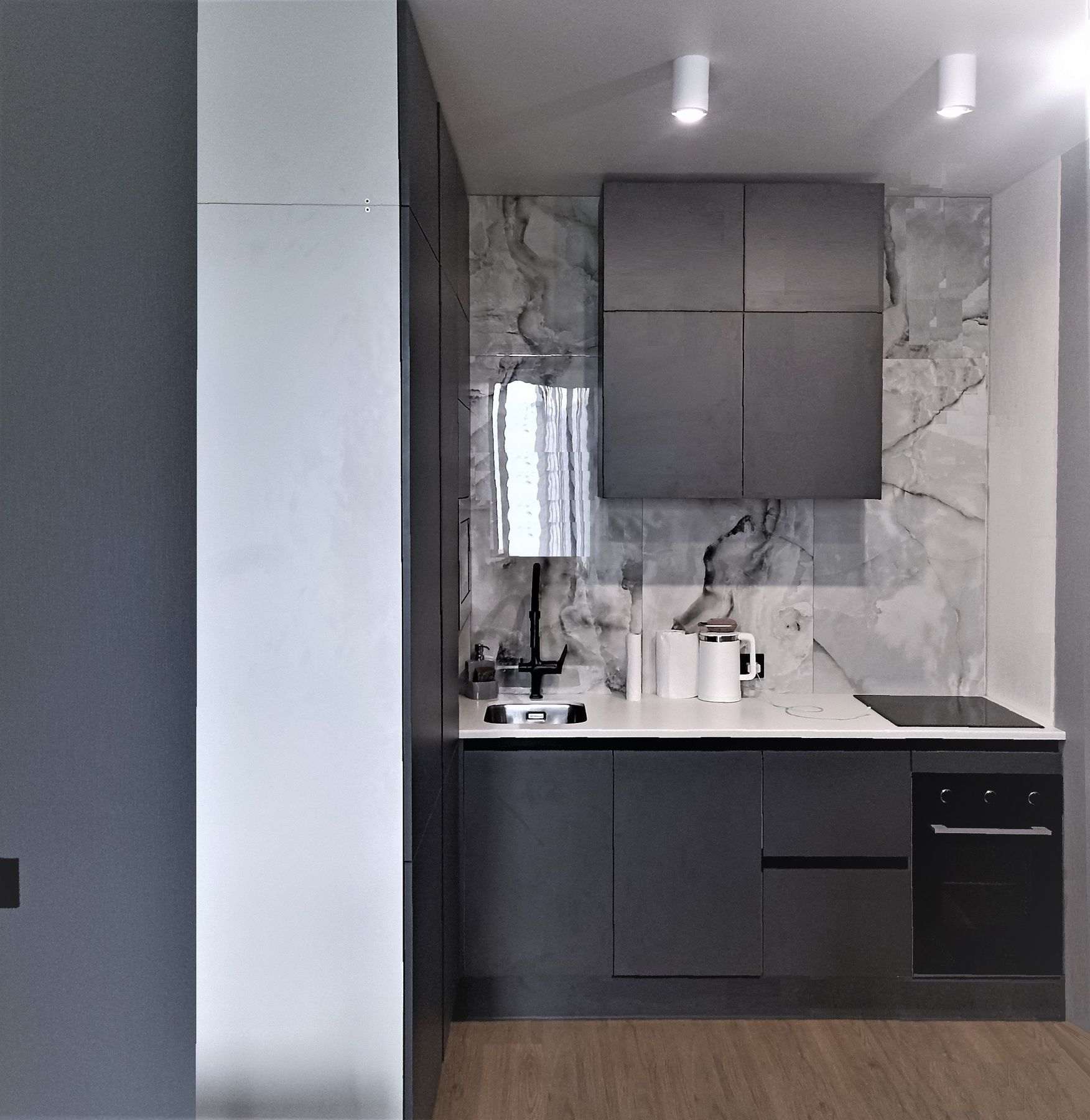
Introduction to Kitchen Elegance
Mastering the art of kitchen design is about combining functionality with aesthetic appeal. An elegant kitchen serves as the heart of the home, where both daily meals and grand entertaining can take place with grace and ease. Crafting a design that reflects personal style while remaining timelessly tasteful is the ultimate goal when it comes to achieving kitchen elegance.
Understanding the Basics of Elegant Design
Elegant kitchen designs often adhere to a set of principles that provide a framework for sophistication. This includes a clean and uncluttered look, the use of high-quality materials, and a well-planned layout that promotes an efficient workflow. The color palette usually revolves around neutral shades that contribute to a serene and upscale ambience, punctuated by well-considered splashes of color that can come from decorative elements such as backsplash tiles, countertops, or elegant fixtures.
Choosing the Right Materials
The selection of materials plays a pivotal role in kitchen elegance. Natural materials like marble, granite, or solid wood can convey opulence and have the durability to withstand the test of time. High-gloss finishes, stainless steel touches, and glass accents can add a contemporary edge and reflect light to make the space appear larger and more inviting.
Lighting: Setting the Mood and Increasing Functionality
Lighting should not only be practical but also set the mood. A blend of ambient, task, and accent lighting can illuminate the kitchen effectively while providing an aesthetic appeal. Consider installing dimmers for overhead lights to adjust the ambiance during different times of the day, and adding under-cabinet lights to ensure the countertops are well-lit for food preparation.
Layout: Balancing Form and Function
A well-planned layout is essential for an elegant kitchen. This typically involves optimizing the ‘kitchen triangle’ – the configuration that allows easy movement between the sink, refrigerator, and stove. An island or peninsula can serve multiple purposes, providing extra counter space, a dining area, or additional storage. It’s important to keep the walkways clear and ensure there's ample space for opening appliances without obstruction.
Accessorizing with Elegance
Accessories in the kitchen should be both functional and decorative. Choose hardware finishes such as brushed nickel, copper, or brass that complement the overall design theme. Decorative elements like unique spice racks, designer fruit bowls, and elegant canisters can enhance the character of the space. Additionally, adding a touch of greenery with herbs or small plants can bring life and freshness to the kitchen.
Seating That Marries Comfort and Style
Whether it’s a cozy breakfast nook or bar stools at the island, seating is an important part of kitchen elegance. Seats should be comfortable for lingering meals and conversations while maintaining the design's sophistication. Opt for high-quality fabrics or leather and consider coordinating the upholstery with other elements in the kitchen for a cohesive look.
Technology Integration
Incorporating modern technology can enhance both the functionality and elegance of the kitchen. From state-of-the-art appliances to smart home systems that allow you to control lighting and music, technology integration should be seamless and unobtrusive. Smart storage solutions and built-in appliances can help maintain a sleek and polished look while providing the utmost convenience.
Final Touches: Art and Decor
The inclusion of art and personal decor items is the final step in mastering kitchen elegance. A statement piece of art can serve as a focal point and conversation starter. Alternatively, displaying a collection of fine china or curated cookbooks can add a personal and sophisticated touch. Remember to keep decor minimal to maintain an elegant and uncluttered environment.
Conclusion: Achieving Timeless Elegance
Mastering kitchen elegance designs is about striking a balance between form and function. It requires careful consideration of the layout, materials, lighting, and decorative elements to create a space that feels both luxurious and livable. By adhering to design principles and infusing personal style, any kitchen can become an elegant centerpiece of the home that stands the test of time.